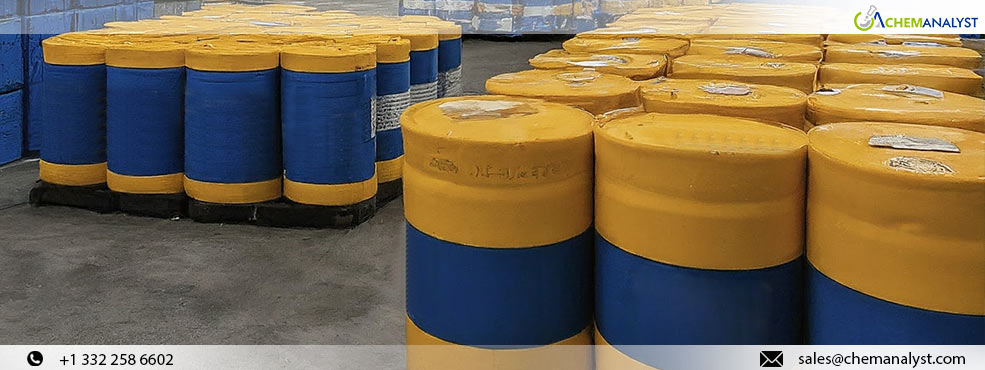Early Q2 2024 Acetonitrile Price Dynamics: Decline in the US, Stability in Some Parts of APAC
- 22-Apr-2024 3:03 PM
- Journalist: Jai Sen
As the second quarter of 2024 begins in April, Acetonitrile prices in the US market are expected to decline significantly due to a widened gap between supply and demand, coupled with a steady drop in regional quotations. Downstream industries such as Pharmaceuticals and industrial cleansing experienced a significant slowdown in downstream procurements, leading to reduced inquiries for Acetonitrile as both a feedstock and solvent. This trend was exacerbated by the availability and affordability of alternative solvents like IPA, prompting European farmers to choose these substitutes over Acetonitrile. Consequently, the country is likely to see a surplus in Acetonitrile supply among distributors, exacerbating the supply glut and putting downward pressure on prices. Despite declining prices, the market situation remained bullish, with supply levels ranging from low to moderate, making it challenging to adjust prices to cover production costs.
Moreover, ahead of weakened regional inquiries, feedstock prices are expected to remain elevated throughout the month, contributing to overall higher production costs for Acetonitrile. Despite rising Acetic acid costs, most suppliers reduced prices due to improved availability. Initially, certain suppliers intended to maintain stable prices but were compelled to reduce them due to consumer resistance and decreased shipping costs. However, the abbreviated nature of April might impede sellers' efforts to recoup margin losses. Additionally, although Crude oil prices rose due to supply concerns, global Acetonitrile markets still face subdued demand from downstream sectors. Players anticipate pressure on regional Acetonitrile markets due to the holiday-shortened month coupled with weakened incoming imports from the local market.
Meanwhile, during this timeframe, prices have remained relatively stable in the Asian market, especially in South Korea and Japan, since late March, as heightened purchases coupled with limited domestic supply for Acetonitrile weighed on the market. Additionally, increasing Acetic acid costs have prompted local sellers to raise their prices in the Asian market, supported by overall heightened manufacturing costs, thereby contributing to a consistent price rise.
However, stagnant demand in the North American region and supply issues concerning Acetonitrile across the region, supported by the appreciation of the dollar against exporting nations' currencies, have provided an opportunity for merchants to clear out their inventories relatively at a lower cost than projected. On the other hand, some traders and suppliers have still opted for a wait-and-see attitude regarding the trading of Acetonitrile in anticipation of a future rebound in demand dynamics, which may enable them to transact the products, including Acetonitrile, reasonably at a higher cost.



